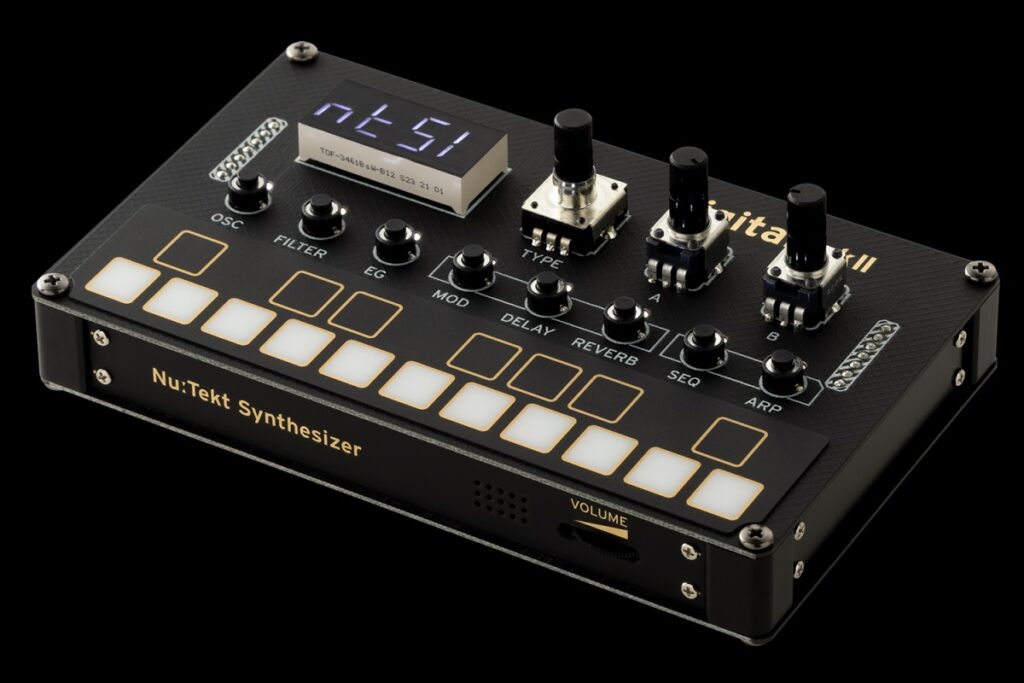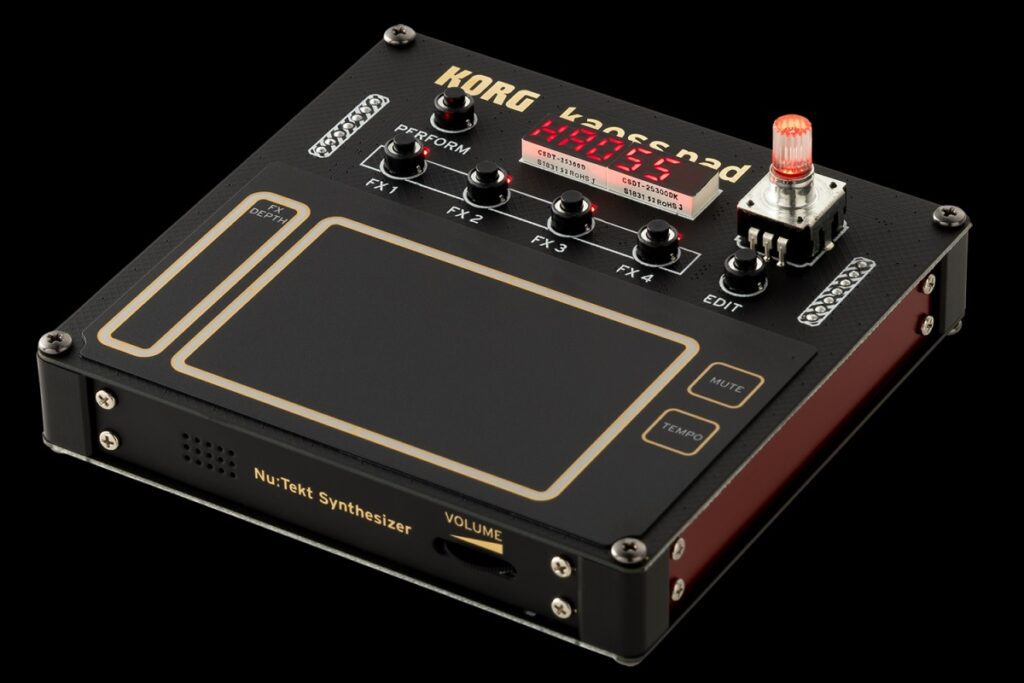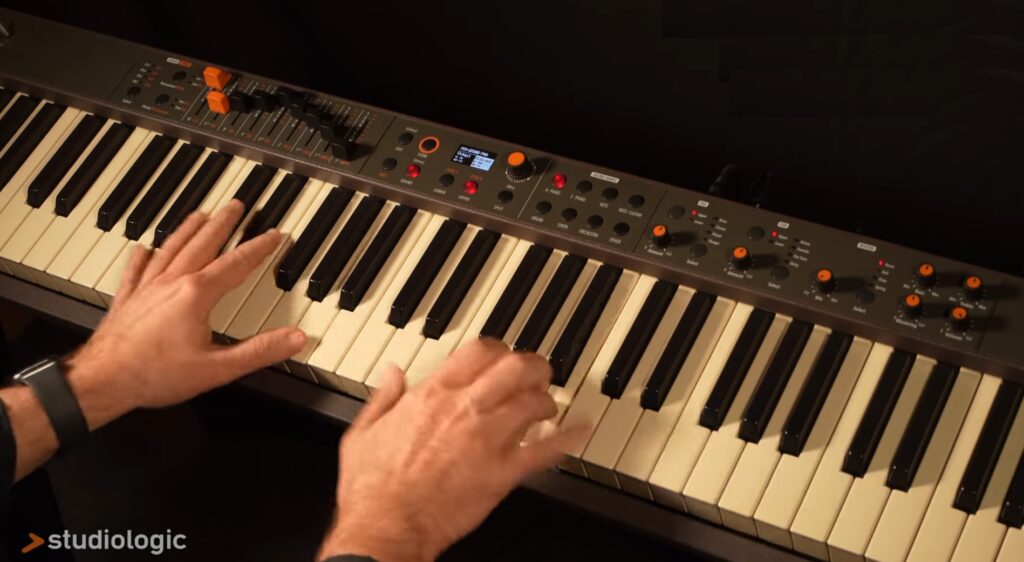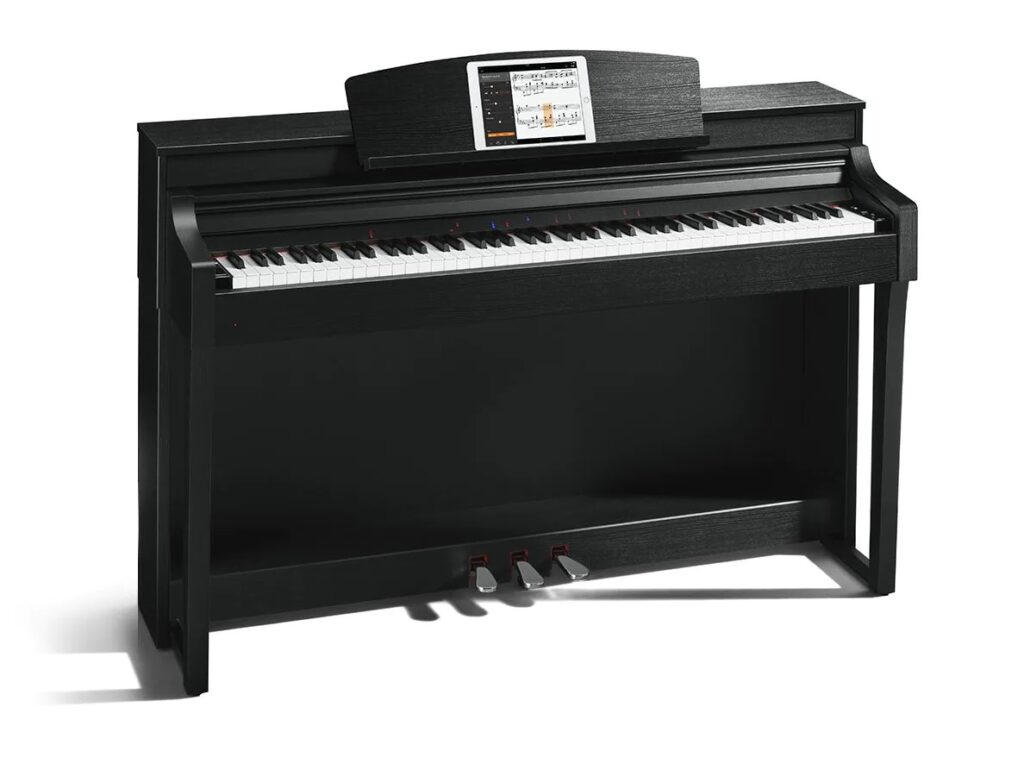I’ve already gotten requests to comment on the new Yamaha SEQTRAK™ Ideastation. Mind you, I haven’t touched one, but here goes.
How does SEQTRAK compare to the old QY-70/QY-100? I would say, they are different beasts for different compositional processes. The QYs are the early predecessors of the Motif and PSR, Tyros, Genos sequencers. The QY usage model is based on phrase-oriented composition providing a big internal library of musical phrases. The QYs assembled the phrases into arranger-like styles. Then, one composes songs using either a preset or user style.
The QY workflow is pretty conventional. Motif and PSR people would recognize the line-oriented presentation of sequencer data and the infamous “JOBS” for tasks like quantization, copying sequence data and so on. The Motif series and arranger workstations borrowed heavily from the QYs. In fact, sometimes, I feel like they are running the old legacy code!
I like my QY-70 because I can compose songs in the “traditional way”. The QY beats both Motif and PSR/Genos in the way it handles chord tracks. Oh, how I wish for that in today’s instruments. The QY designers were on to something good, there.

SEQTRAK is Yamaha’s attempt to capture some of the old RM1x and RS-7000 groove box magic. The old groove boxes are in step with modern beat-box sequencers. The workflow is pattern-based — create a pattern in a track, create another pattern in a different concurrent track, and chain the concurrent patterns into a song. (Yeah, this is a gross over-simplification. 🙂 ) This is different compositional process than the QYs which are more “trad”.
Japan’s Lost Decade(s) hit Yamaha hard and made their managers very conservative. The old QYs and groove boxes got the ax in order to survive a moribund Japanese economy.
I think Yamaha got tired of watching other people make money on tech which they pretty much invented back in the 90s and 00s. Teenage Engineering is making outrageous money with the all-in-one OP-1. $2,000 USD (MAP)? Really?
In my quick opinion, SEQTRAK is too timid, too conservative. Yamaha went to the AWM2 and FX technology well One. More. Time. The only upside is the low selling price of $399 USD (MAP). Given the polyphony spec, I would expect to find a single SWP70 (AWM2+FM) tone generator IC and an ARM host processor. How innovative is that? Where is AN-X or even the low-spec AN found in Reface CS?
Is SEQTRAK competitive with OP-1? Time and deep analysis will tell. In the meantime, I see SEQTRAK aimed at the $400 to $500 synth plus sequencer groove box niche. Strap a few KORG Volcas together and you get SEQTRAK — for roughly the same price. I’m thinking Volca Sampler 2, plus Volca FM 2, plus Volca Keys? Take your pick. The Roland Aira Compact series come to mind, too. The SEQTRAK app one-ups KORG (and Roland), however, and SEQTRAK has superior connectivity. Engine-wise, it’s all rather plain Jane.
Hmmm. I still have my Yamaha AN-200. Aside from FM and sampling, would SEQTRAK give me more? SEQTRAK versus the old AN-200 and DX-200 would be a better comparison than QY.
I also question Yamaha’s time-to-market with SEQTRAK. Yamaha needed to extend the trademark’s intention to use (application) multiple times. This tells me that they had trouble finishing and releasing this product on schedule. I’m sure Web comments will trash Yamaha for too little, too late.
As someone steeped and experienced in American high-tech culture, Yamaha engineering needs to have its butt kicked. Hard.
Update: Observations
The Yamaha SEQTRAK specifications state preset waveform memory at 800MBytes, when converted to 16-bit linear format. With a 2-to-1 compression ratio, physical preset waveform memory is about 400MBytes. User waveform memory is 500MBytes, uncompressed presumably. Overall physical waveform memory is around 1GByte.
I quickly browsed the voice and FX lists. SEQTRAK has a slew of drum sounds as you might expect. The AWM2 and FM voices will look very familiar to Montage/MODX players. The keyboard voices are reminiscent of Motif XS; these are not fresh sounds. In fact, if one owns a Montage or MODX, I don’t see the need for SEQTRAK unless you really dig its portability and workflow.
The FX section is a whole lot better. Yamaha included many of its latest “EDM-oriented” FX like spiralizer, multiband compressor (3-band), Uni Comp compressor, bit crusher, digital turntable, wave folder, etc. Bread and butter FX include the current crop of amp sims, VCM effects, and REV-X, SPX, HD reverbs. Yamaha did a good job here.
SEQTRAK has many function buttons on its side panels.
- Left side: volume up/down, delete, mute, solo, page, play
- Rear: bar length, octave, scale, key, record sample, undo/redo, clear FX
- Front: sound design page, FX page
- Right: BPM up/down, swing, project
That’s a lot of special purpose buttons to remember. Fortunately, the printed legends are clear. (I prefer the orange/grey model for that reason.) External connections are made on the right end panel: phones, audio IN, MIDI, and USB-C.
The big list of parameters and modes is the “Index”, which replaces any kind of LCD or OLED screen. Yamaha saved money here. A “global meter” is right next to the index showing parameter values and load/save status. The meter indicates key scale (minor, major, etc.) and root key. You’ll need a cheat sheet nearby to know what’s selected.
You can select a sampling source (MIC, audio IN, USB, resampling) and assign incoming samples to the synth keys for playback. Sampling does auto-normalization (if configured), but there’s not much else for sample editing in the native hardware. I didn’t see any ability to assign a sample across the synth keys.
The sound design section lets you adjust the most common, basic parameters: pan, volume, AEG attack (decay/release), filter cutoff and resonance, FX sends, etc. Look to the SEQTRAK app for deep editing.
I noticed that some functions in the SEQTRAK User Guide are marked “[OS V1.10]”. A reasonable inference is that SEQTRAK got a major functional update during its long gestation period.
Copyright © 2024 Paul J. Drongowski







